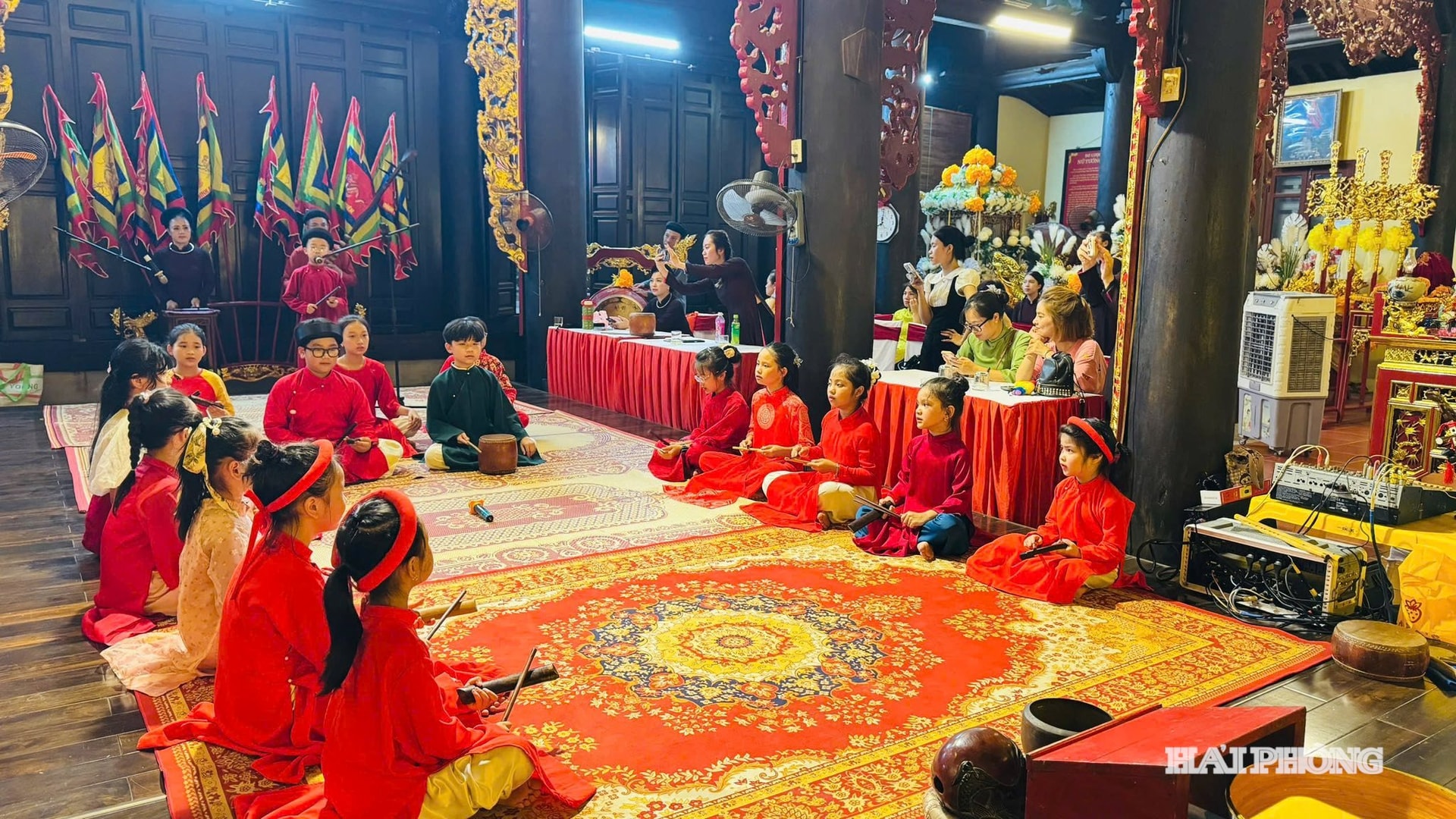
Young people absorb and create
In Thanh Lieu village (now Tan Hung ward, Hai Phong city), young artisan Nguyen Cong Dat (born in 1992) chose a path that few people have taken: reviving the once famous but now fading woodblock printing craft. He traveled everywhere, met historians such as Le Van Lan, Duong Trung Quoc, and Tang Ba Hoanh to learn about the ancestors of the craft, and at the same time taught himself Han-Nom characters to read and carve woodblocks. “I went wherever I heard about woodblocks. The craftsman had to know the words, understand the rules of writing, and carve in reverse to produce a printed version. Each woodblock took many days to complete, but I thought that preserving the craft was also preserving the memory of our ancestors. As the next generation, I felt it was my responsibility to continue,” Nguyen Cong Dat shared.
In addition to mastering the technique, Mr. Dat also seeks to bring the woodblock craft closer to the public. His idea is to build an experiential space in his hometown, where visitors can carve and print pictures themselves. He believes that heritage cannot just be recalled through nostalgia, but needs to be present in contemporary life, linked to education and tourism.
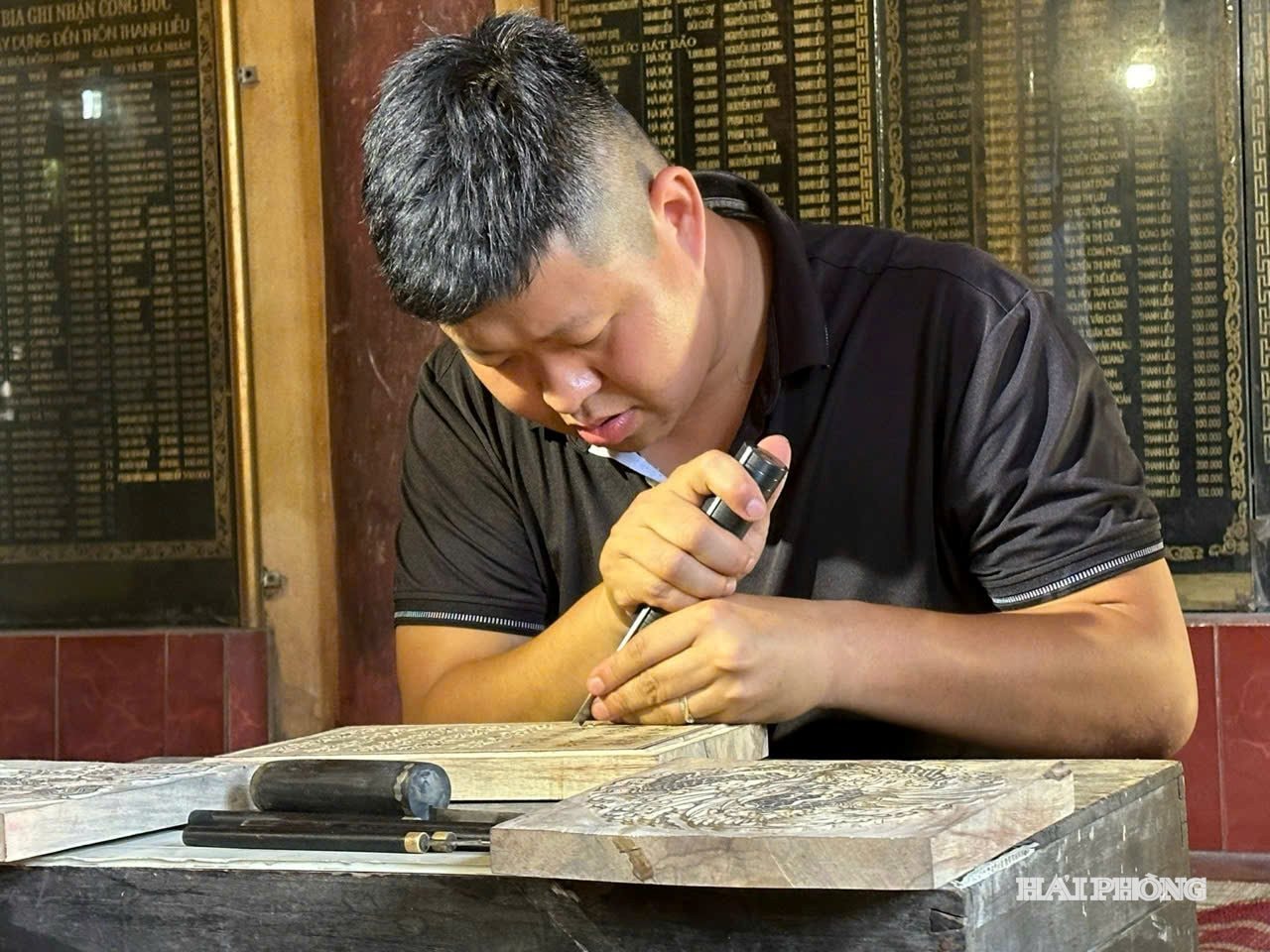
While Mr. Dat “rekindles” the ancient profession, Bui Tuan Anh (29 years old, Kien Hai commune, Hai Phong city) chose a more intimate approach by putting his childhood memories into culinary videos on the TikTok channel Anh Hai Que. From an old kitchen, Tuan Anh cooks rustic dishes such as braised goby fish, crab soup with jute, and pickled eggplant, all of which are associated with the old Northern lifestyle.
Not only stopping at food, Tuan Anh also recreates ancient lifestyles such as: carrying water, washing dishes with ash, lighting stoves with straw, sewing plastic sandals... These slices of life make many older audiences nostalgic, young people curious, and children excited. The TikTok channel Anh Hai Que currently attracts millions of views, becoming a testament to how young people can create from their own memories and traditional culture.
Another direction is the An Bien Ca Tru Club at Nguyen Van To Primary School (Hai Phong). Many children participate in Ca Tru, Cheo, and Hat Van courses under the guidance of meritorious artist Nguyen Thi Thu Hang and music teacher Bui Thi La. The classes take place after school hours, both as an extracurricular activity and to sow the seeds of love for heritage.
According to Ms. Bui Thi La, many children were shy at first, but once they got used to it, they were fascinated by the melodies. Some children, even in middle school, still came back to participate in the activities. This proves that if approached properly, children will gradually love traditional art.
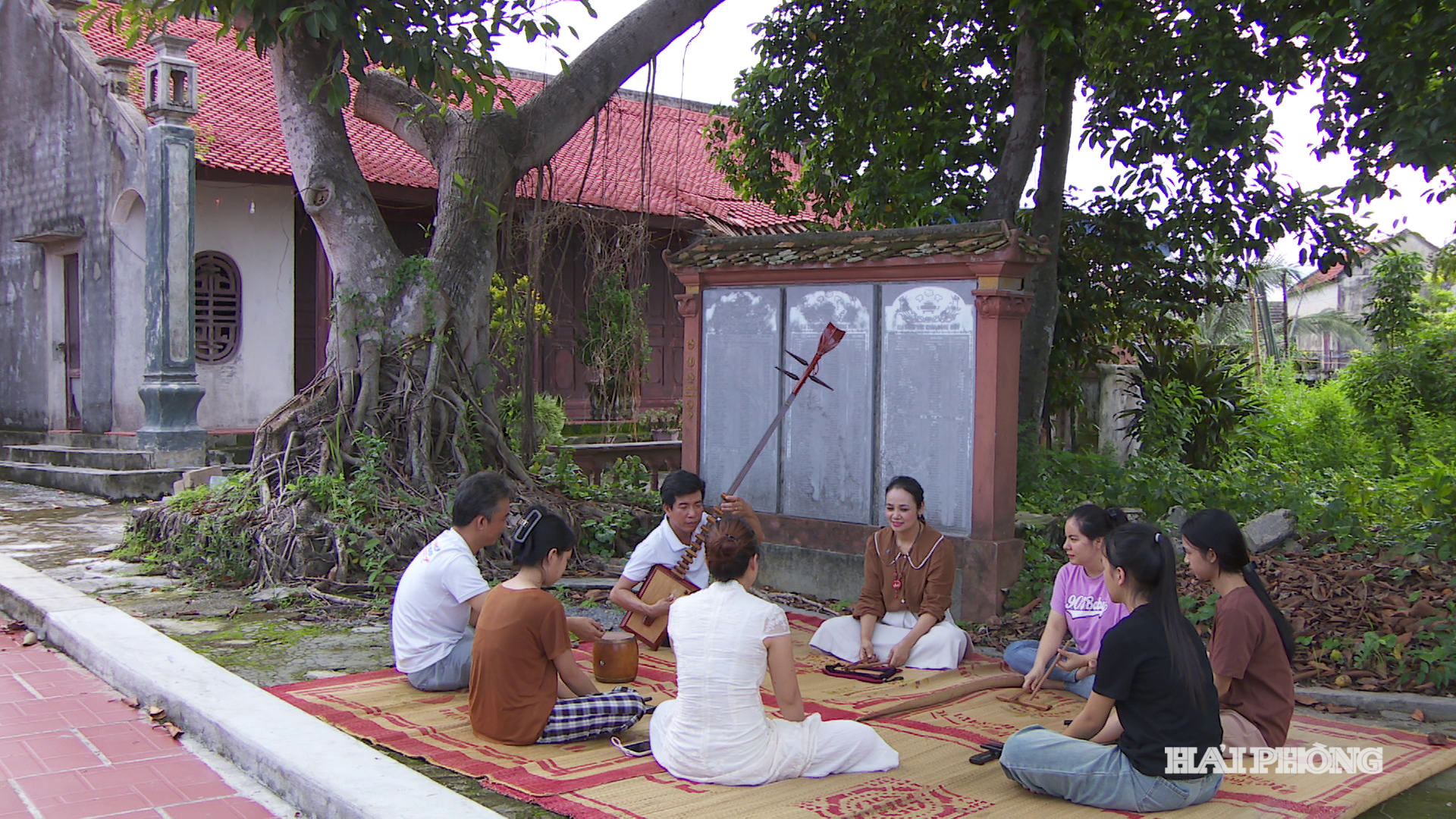
Community joins hands to preserve and conserve
In Dong Mon village (now Hoa Binh ward, Hai Phong city), Dong Mon Ca Tru Club maintains performances every Friday night at Dong Cau restaurant. This is a place where people who love Ca Tru gather, and also a space for the local young generation to get in touch with their homeland's heritage. Dao Nuong Pham Thi Lien, who has been attached to Ca Tru since the age of 11, actively teaches Ca Tru to the younger generation. According to her, the happiest thing is that Ca Tru has an audience and students to follow, so that the sound of the instrument and the rhythm will not be forgotten.
In Vinh Hung commune, Nhan Hoa water puppetry - a national intangible cultural heritage - is being "passed on" to the next generation. In August 2025, the City Cooperative Union organized a vocational training class for 50 students, workers, and craftsmen. For two months, the students learned puppet making skills, control, and performance practice.

The purpose of the class is not only to provide technical training, but also to form the next generation, connecting with schools and the community. This is also a way to awaken local pride, and at the same time lay the foundation for water puppetry to become a unique cultural and tourism product.
These efforts show that heritage can only be continued with the support of many sides: artisans passing on the craft, clubs maintaining activities, and management agencies supporting policies. This resonance has been creating an environment for the younger generation to absorb, engage with, and create with heritage.
The fact that young people are increasingly proactive in seeking out traditional culture is a welcome sign. They absorb, create and spread it in their own way, while the community accompanies them with practical support. Traditional culture is therefore not only preserved in memory, but also holds an important position in modern life.
Young people do not just stop at relearning traditional values, but also proactively renew, spread and connect heritage with real life. They are the ones who “light the fire”, the community is the “support”. In many localities, artisans, clubs and authorities join hands to create an environment for heritage to be maintained and developed.
Source: https://baohaiphong.vn/nguoi-tre-giu-gin-van-hoa-truyen-thong-520299.html


![[Photo] National Assembly Chairman Tran Thanh Man receives Chairman of the House of Representatives of Uzbekistan Nuriddin Ismoilov](https://vphoto.vietnam.vn/thumb/1200x675/vietnam/resource/IMAGE/2025/10/27/1761542647910_bnd-2610-jpg.webp)

![[Photo] Party Committees of Central Party agencies summarize the implementation of Resolution No. 18-NQ/TW and the direction of the Party Congress](https://vphoto.vietnam.vn/thumb/1200x675/vietnam/resource/IMAGE/2025/10/27/1761545645968_ndo_br_1-jpg.webp)



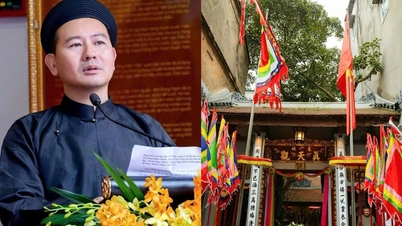

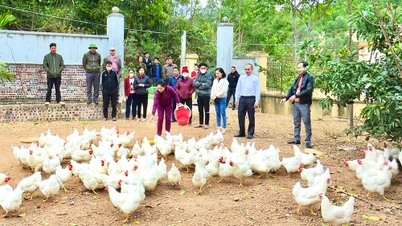



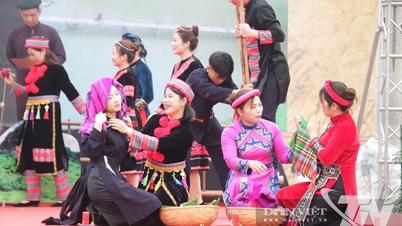
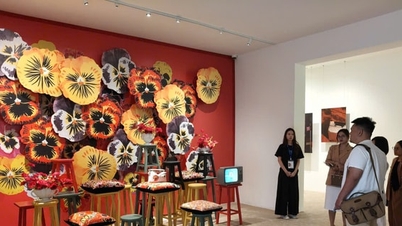





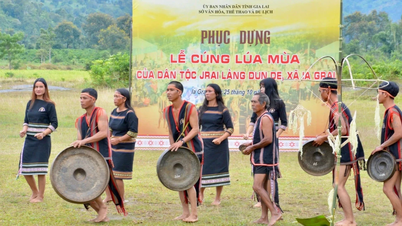
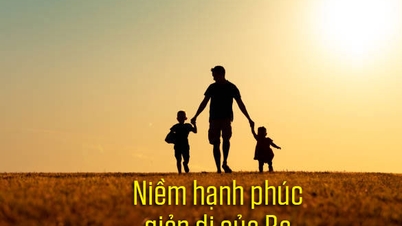

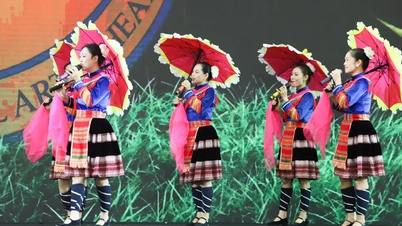

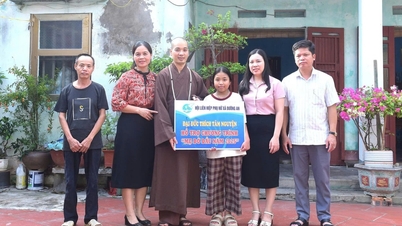





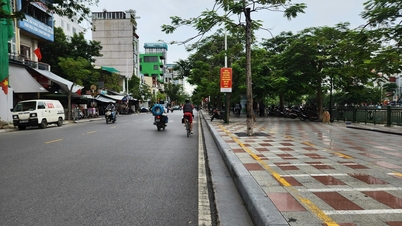
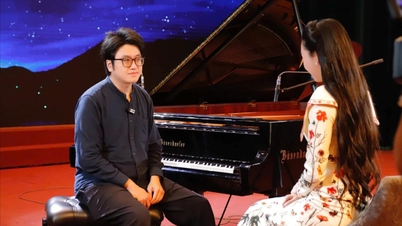
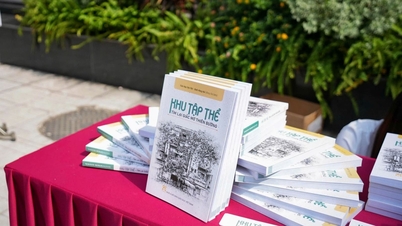


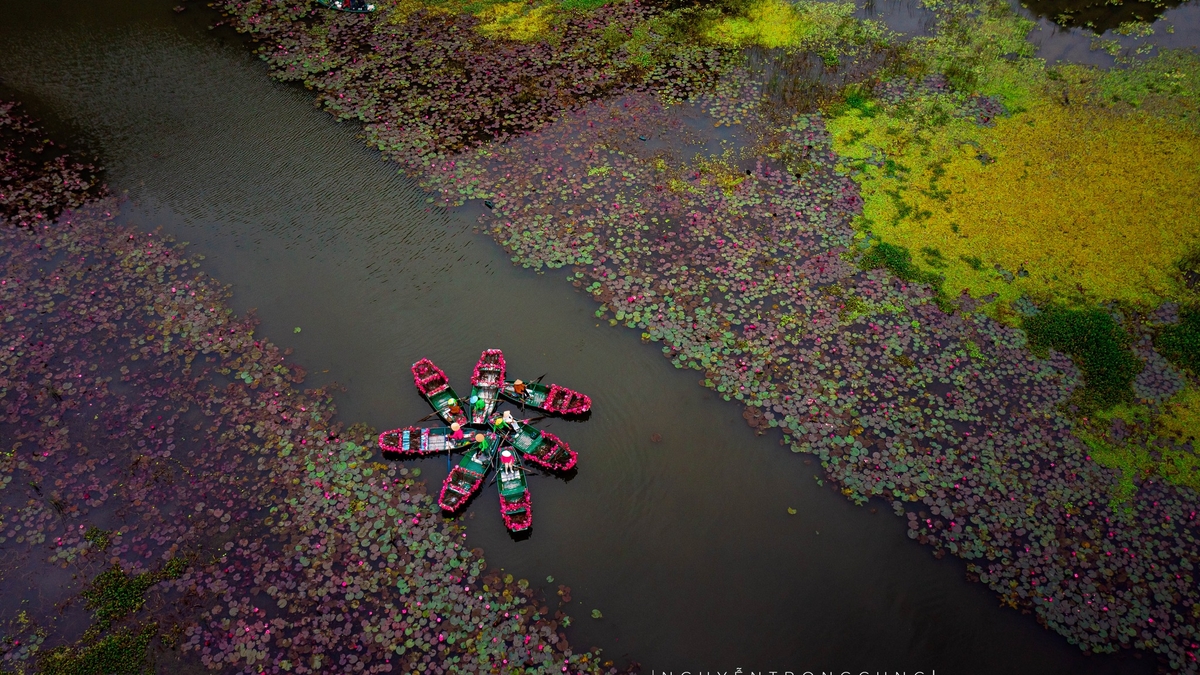





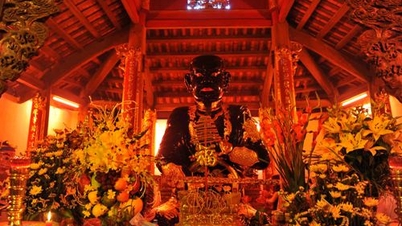






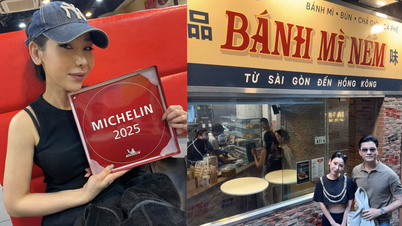
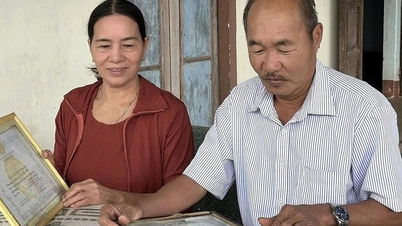











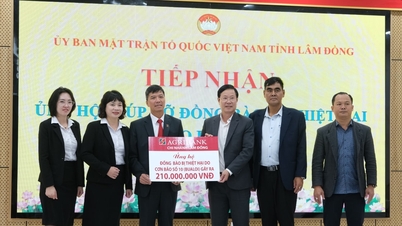

























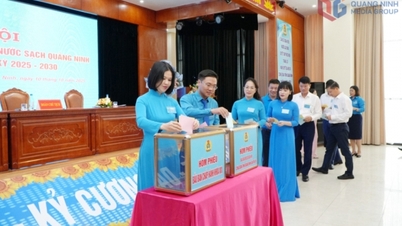




















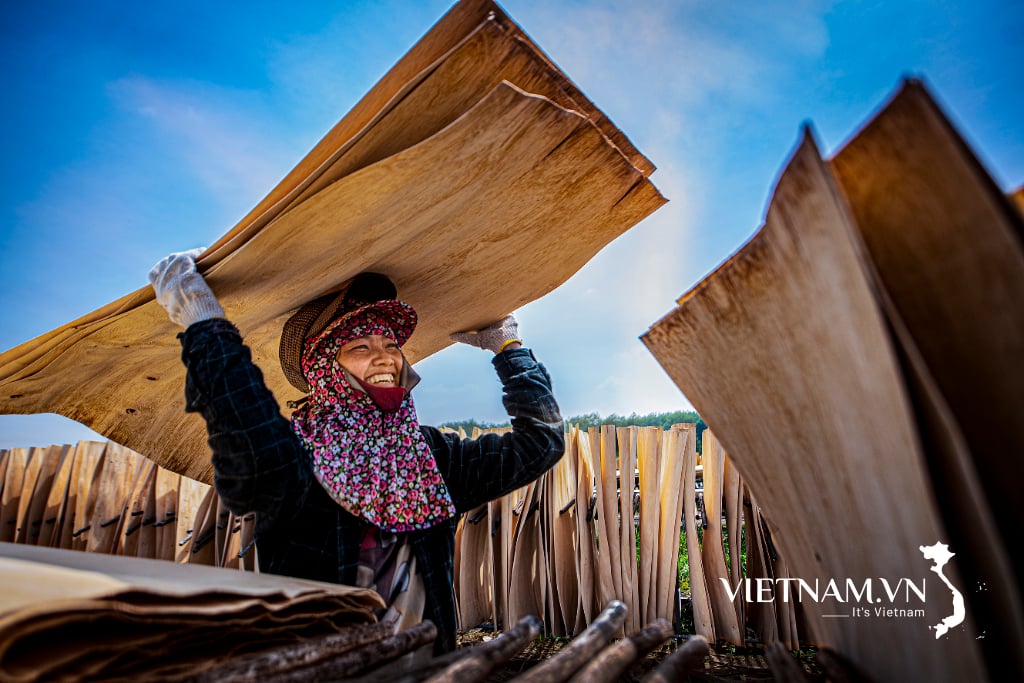

Comment (0)